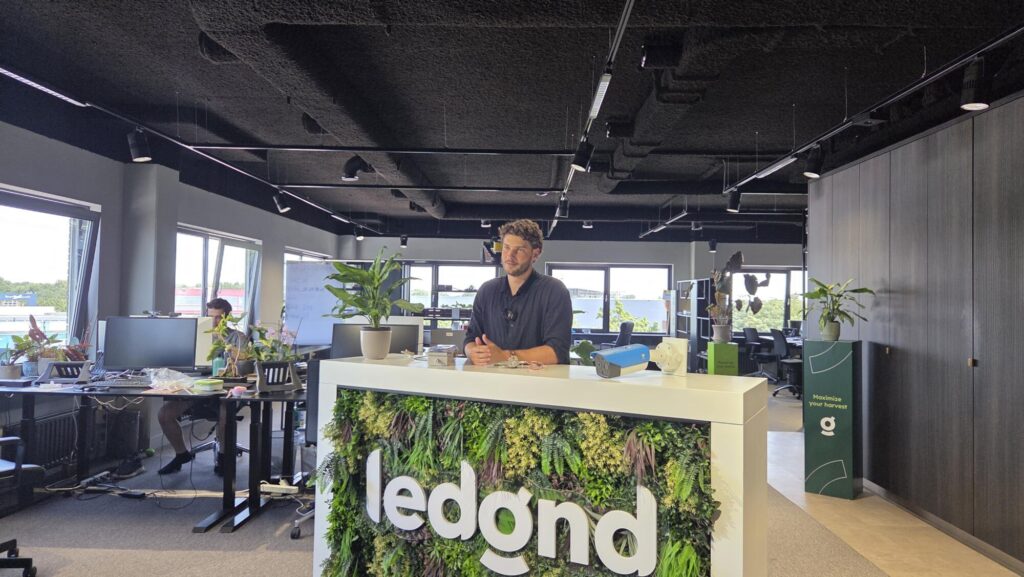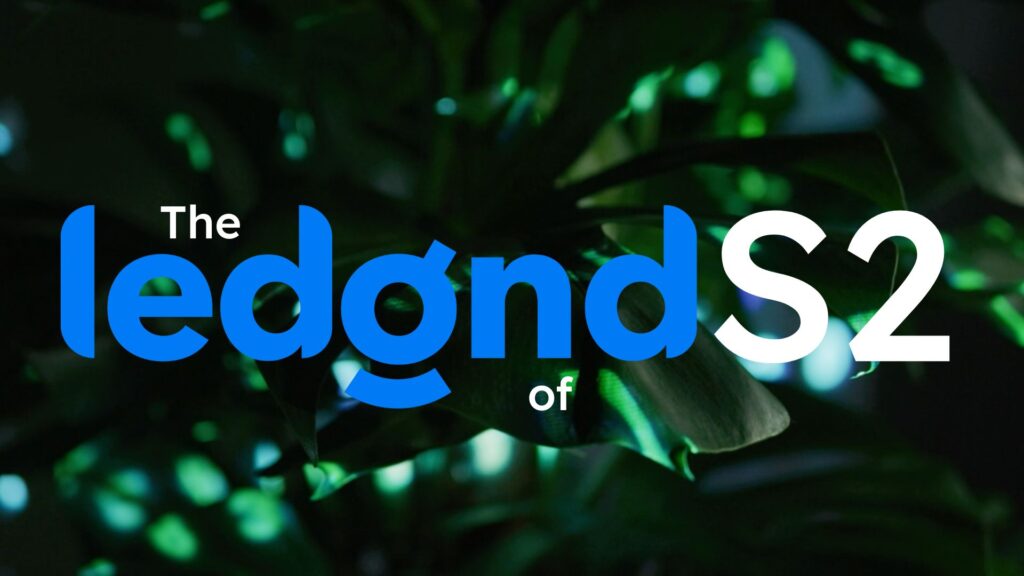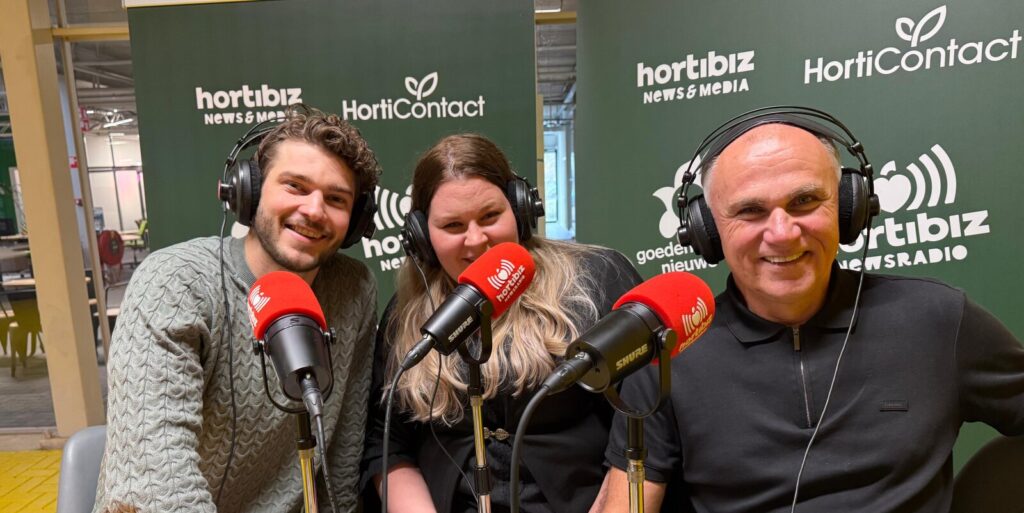P.A.R. (Fotosynthetic Active Radiation)
What is Photosynthetically Active Radiation (PAR)?
Plants and humans perceive light very differently. Humans primarily focus on the middle of the spectrum. You’ve probably heard of the term “lumen,” which is based on the model of the human eye and how light is perceived by it. The curve shows that humans are much more sensitive to green light than to blue or red light. Plants, however, perceive light in a completely different way. They are more sensitive to blue and red light to stimulate photosynthesis. PAR stands for photosynthetically active radiation and spans from blue (400nm) to red (700nm). PAR essentially indicates the type of light needed to carry out photosynthesis. The amount and spectral quality of PAR light are important factors to consider when designing your lighting solution.

How do I measure PAR?
PAR refers to the range of 400-700nm. The unit measured within PAR is photons, expressed in micromoles per second (μMol/s). Measuring the number of photons within the PAR range is possible with a quantum sensor and can, in combination with a light meter, measure the direct light intensity on the crop. It is also possible to measure the cumulative light intensity using a data logger. This way, you have a record of the entire day. We call this DLI.
New articles

How 2025 became the year of plant feedback, sustainability and collaboration
2025 was a year of contrasts for many growers: rising costs and stricter regulations, while at the same time more opportunities than ever to gain control of the crop using data. At Ledgnd, the year wa…

Ledgnd launches season 2 of video series “The Ledgnd of”
Ledgnd has launched the second season of its video series “The Ledgnd of”. The series takes a closer look at the key concepts and innovations shaping modern greenhouse horticulture. In the new season,…

Ledgnd at Hortibiz Next Level Data: From data to action
During the theme week “Next Level Data, Artificial Intelligence and Robotics” by Hortibiz News Radio, Ledgnd joined the table to talk about one key question: how do you turn all greenhouse data back i…
Read more

How 2025 became the year of plant feedback, sustainability and collaboration
2025 was a year of contrasts for many growers: rising costs and stricter regulations, while at the same time more opportunities than ever to gain control of the crop using data. At Ledgnd, the year wa…

Ledgnd launches season 2 of video series “The Ledgnd of”
Ledgnd has launched the second season of its video series “The Ledgnd of”. The series takes a closer look at the key concepts and innovations shaping modern greenhouse horticulture. In the new season,…

Ledgnd at Hortibiz Next Level Data: From data to action
During the theme week “Next Level Data, Artificial Intelligence and Robotics” by Hortibiz News Radio, Ledgnd joined the table to talk about one key question: how do you turn all greenhouse data back i…
Do you want to know more?
Interested in what Ledgnd can do for you? Leave your phone number, and we will contact you as soon as possible for a non-binding informational conversation

